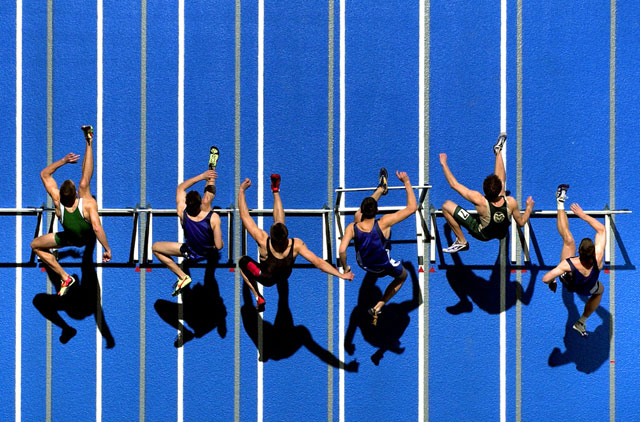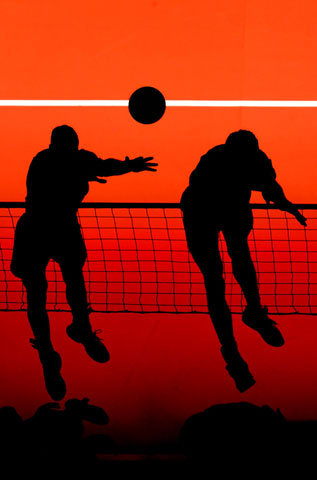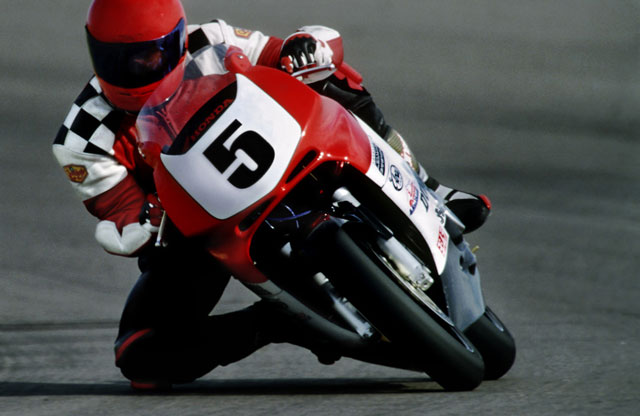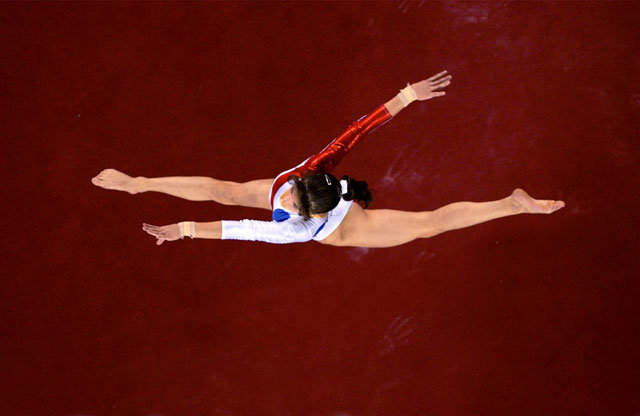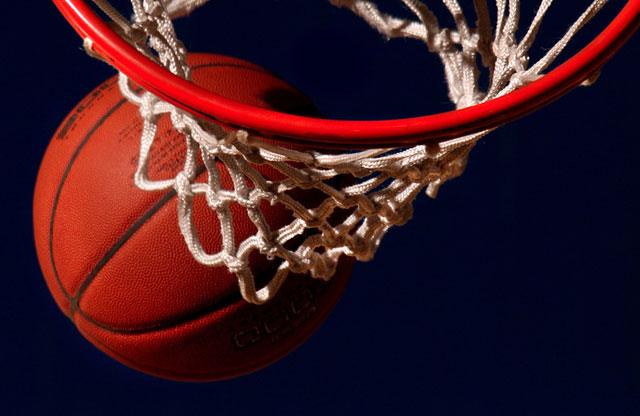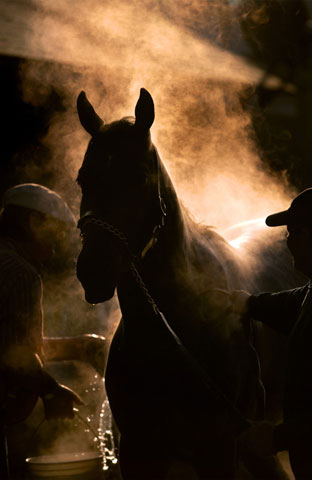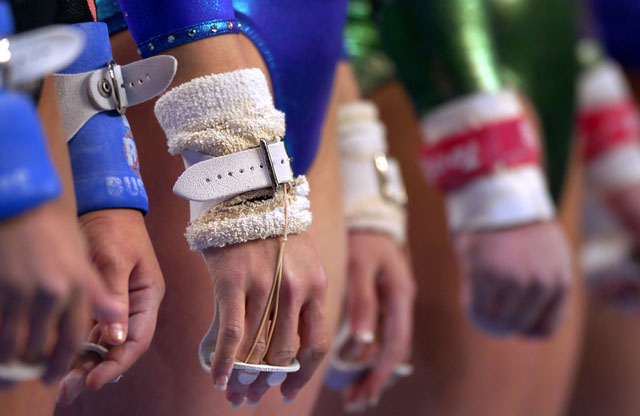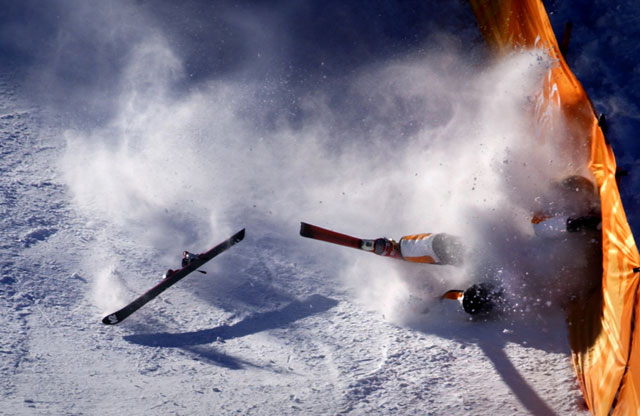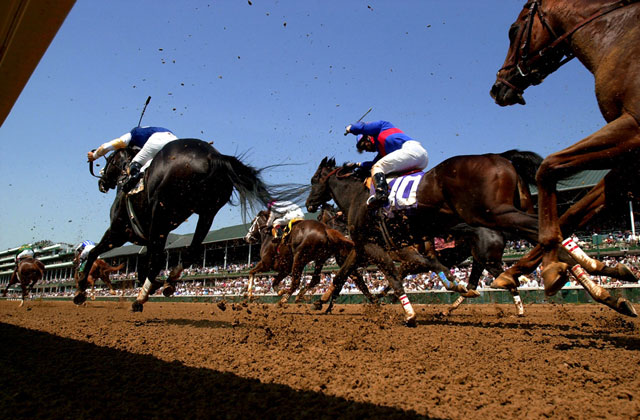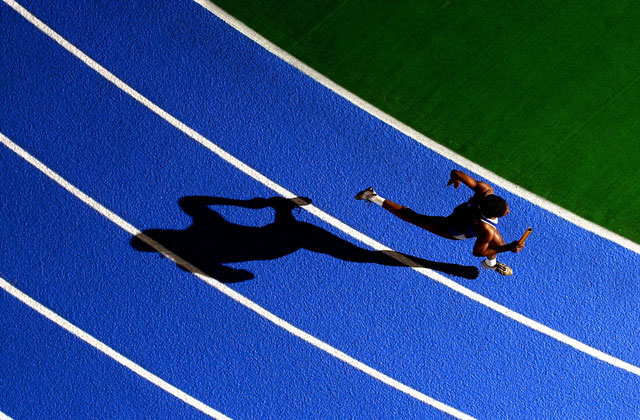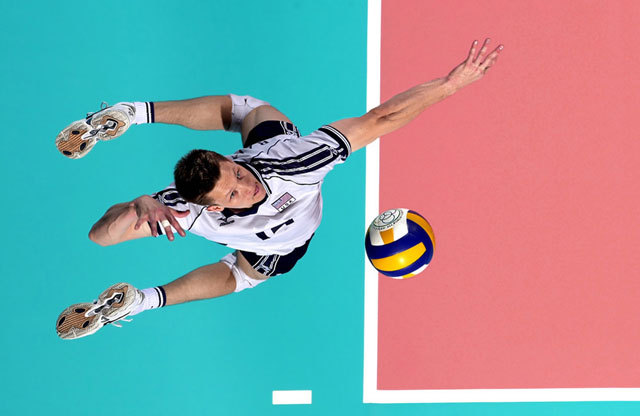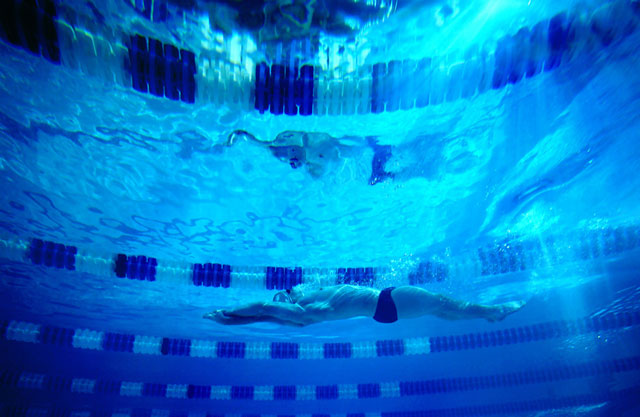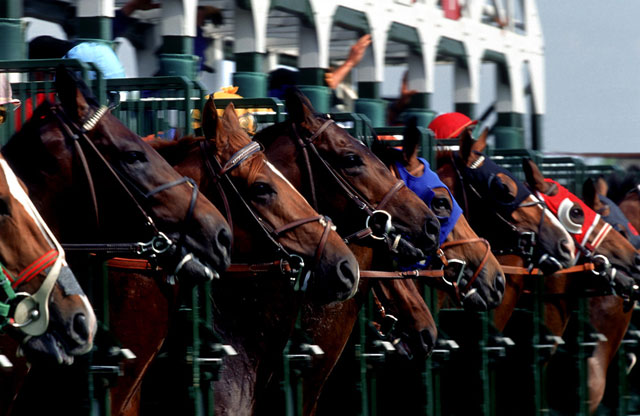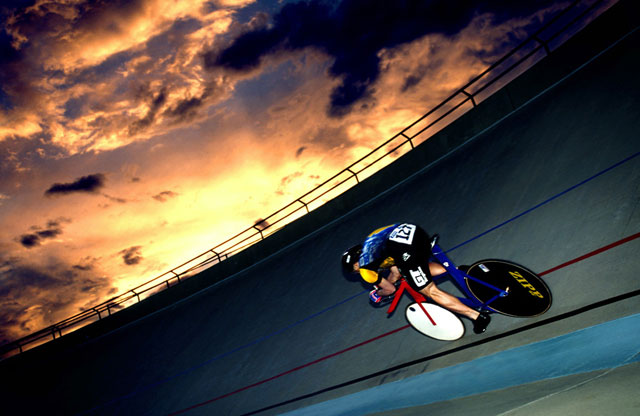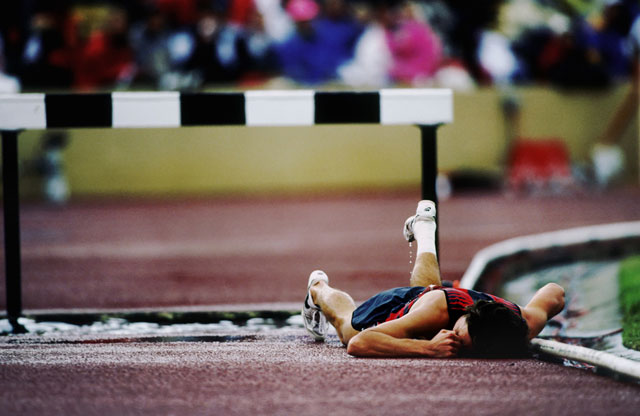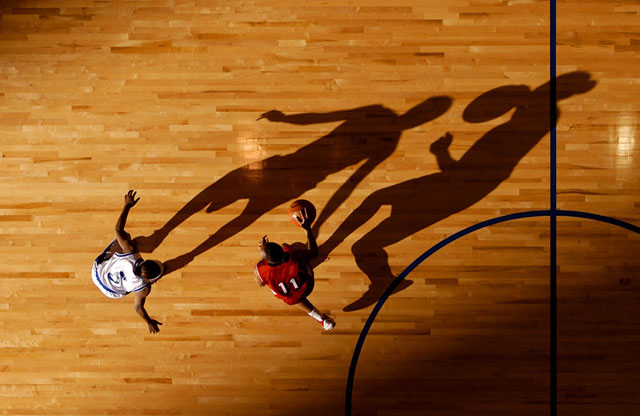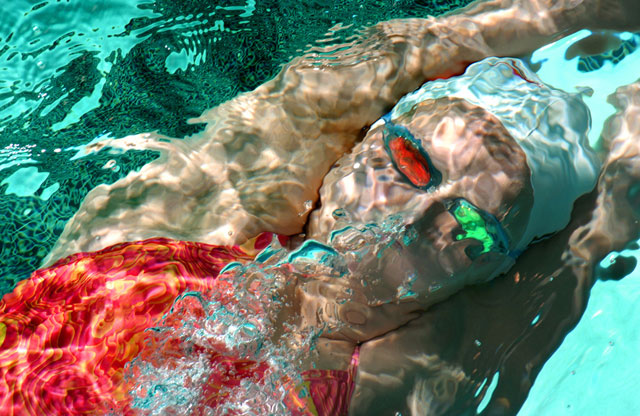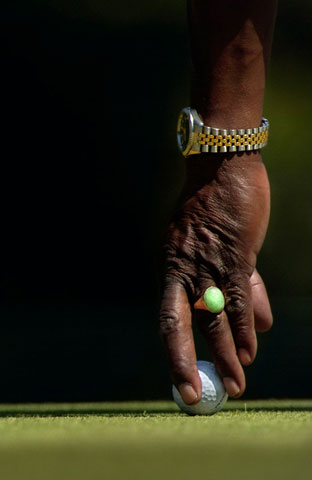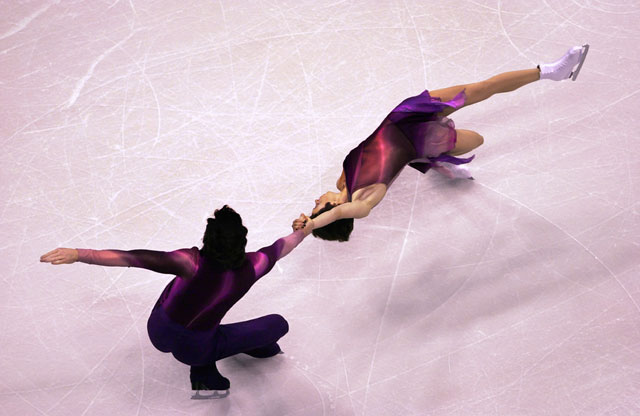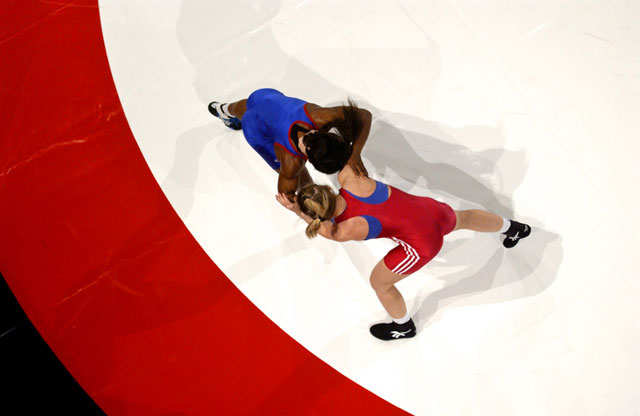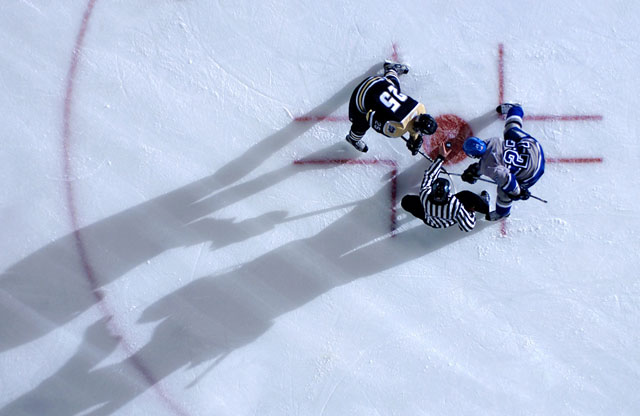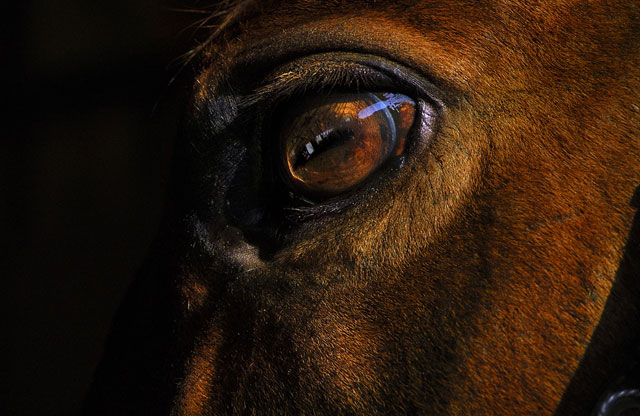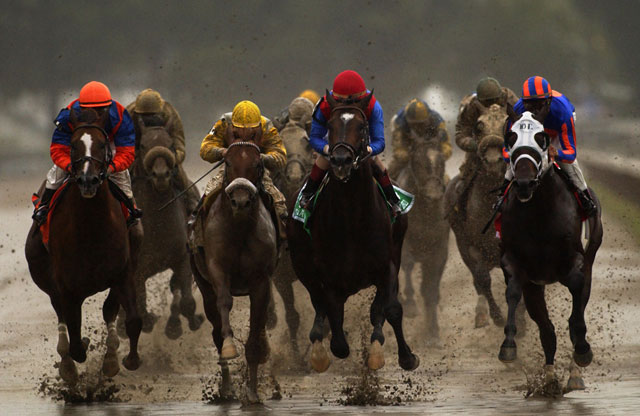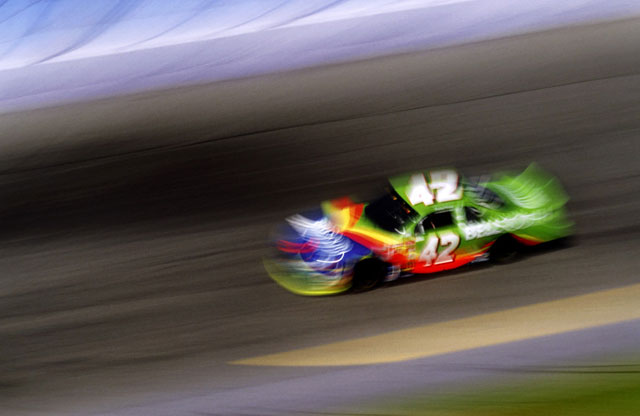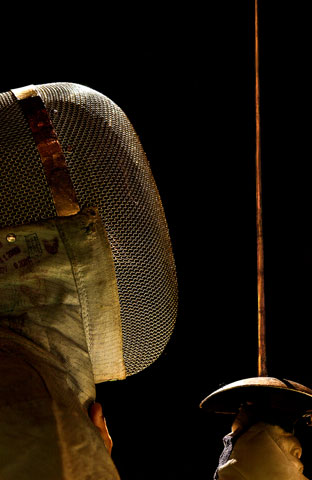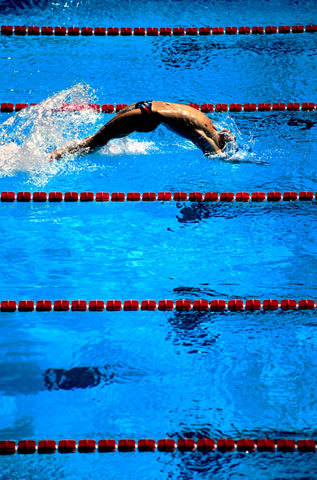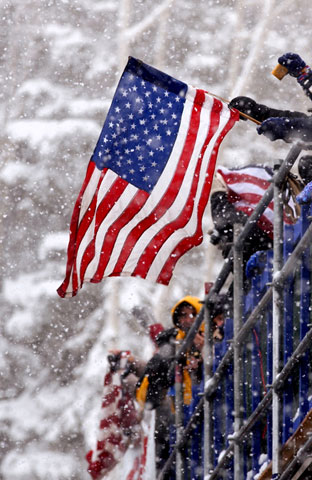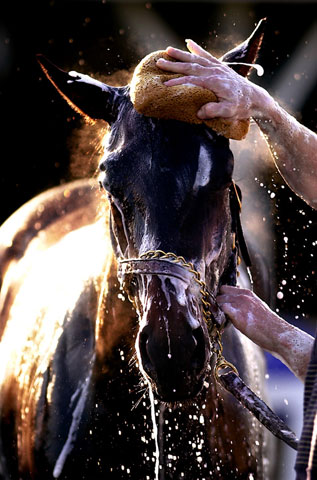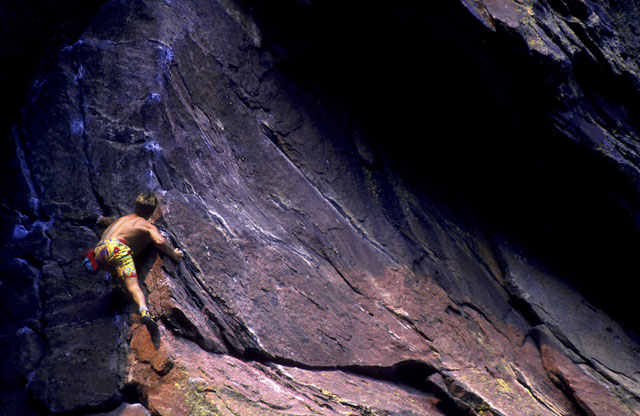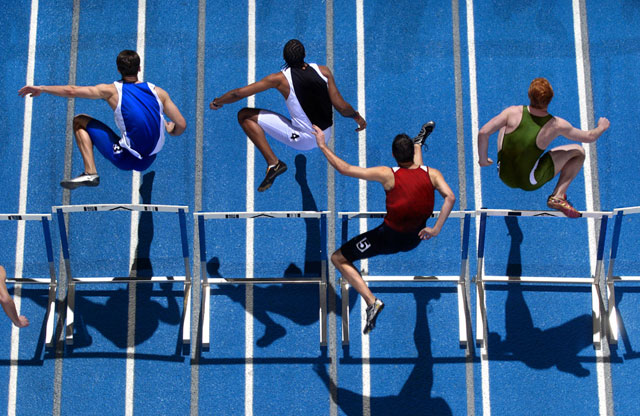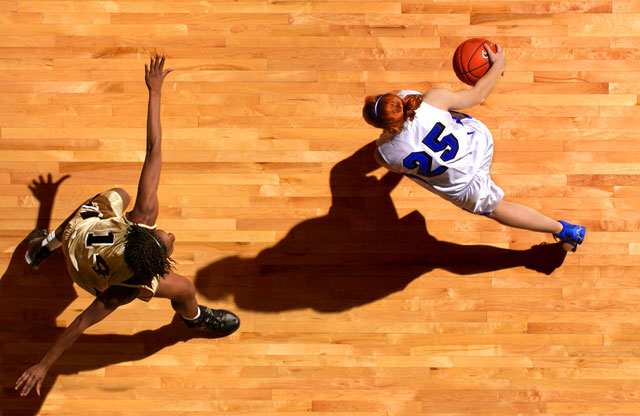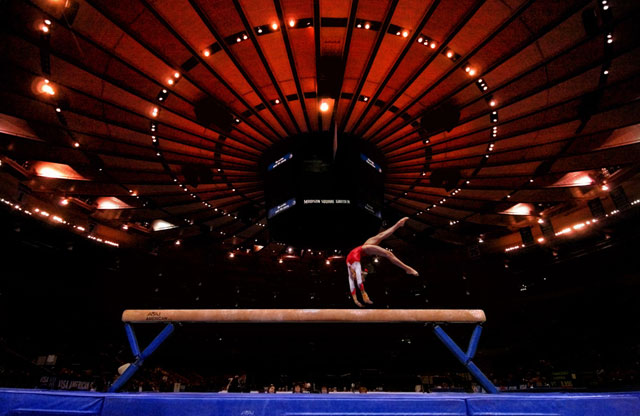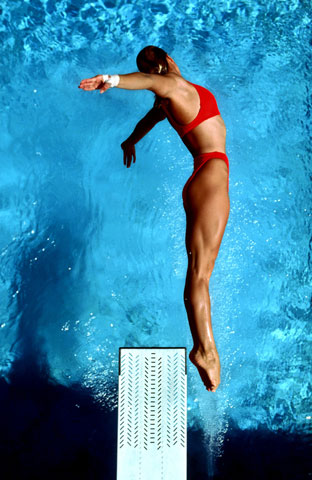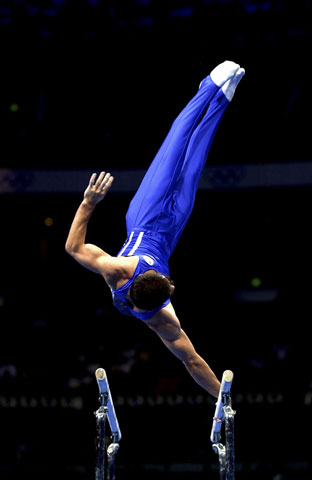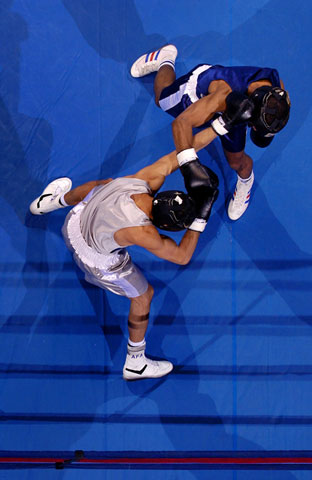Capturing the Essence of an Athlete in Photographs
David Black is a Nikon Legend Behind the Lens
At one time or another, Dave Black's been asked, "Can you get this all the time?" And, "Is this your typical percentage of sharp shots?" And, "Who are you?"
The first question came from the editor of The Blood-Horse magazine when he saw one of Dave's photos of the Kentucky Derby. It was a close-up of Smarty Jones and jockey Stewart Elliott, the horse running full tilt and flat out. Somehow Dave got in tight for a sharp shot the likes of which the editor had never seen before. Because luck had nothing to do with it, Dave could answer that question, "Well, sure."
The second question was also asked by an editor, this one at Sports Illustrated, and it came some 20 years ago when Dave turned in his first assignment for the magazine. "This was back in the days of manual focus," Dave says. "I asked him, 'Is there something wrong?' I'd handed in the film and hadn't seen the pictures. And he said, 'No, nothing's wrong...it's just that every roll you turned in had 35 out of 36 pictures sharp, and typically we don't see that high a percentage." I told him, "Well, this was a typical shoot for me."
"Who are you?" was asked....well, we'll get to that in a moment.
The first thing you realize about Dave's photos is that someone with great graphic sense created them. Design, balance, use and placement of color, leading lines-these aren't happy accidents. "I had a double major in college—commercial graphics design and studio drawing," Dave says. "I thought I would be an illustrator." Then came a required black-and-white photo course and an instructor named Bob White. "He took an interest in me," Dave says, "and tried to convince me to change my major to photography." Dave passed on that idea, but after graduation he continued to take pictures. "I'd been a gymnast throughout high school and in college, and after graduation I began running a gymnastics school for kids." Then, in the early 1980s, his photography came to the attention of the U.S. gymnastics team, and he was asked to photograph the team's preparation for and participation in the 1984 Olympics.
His photographs of the team began to appear in magazines. "At that time there were pictures coming from three sources," Dave says. Two were agencies, and the third was this guy, Dave Black. People started calling, asking "Who are you?"
At the '84 summer games, Mary Lou Retton won the gold medal, and Dave's images of her performance changed his life.
"Who are you?" became "How'd you like to photograph for us?"
"What probably separates me from most of my colleagues," Dave says, "is that I try, whenever possible, to be some place they're not. My goal is to bring an image to my editors and clients that's going to be different from everybody else's."
A major factor in achieving that goal is knowledge. "I'm a big believer in being prepared," Dave says. "That's what maximizes your ability to get great pictures." Before he set out to photograph football action, for example, he got cable television, signed up for ESPN and planted himself in front of the tube. "I'd study the athletes. The more I knew about John Elway, the better the pictures. In fact, it got so that I could call the plays for the Denver Broncos."
Sometimes, though, it goes beyond preparation. Dave covered the Masters for Golf World and Golf Digest magazines. "On the last day the editor gave the photographers their position assignments around the 18th green. I wanted a position that was away from everyone else. A spot near the leader board might be the place to get the best shot of Phil Mickelson if circumstances broke right." When Mickelson sank his putt and jumped into the air in celebration, Dave was the only photographer to have the right angle.
The Mickelson image depicts "the moment," and so it is sports photography's highest goal. "That's the key thing," Dave says. "To have a picture that captures 'the moment,' no matter what the event. That's what everyone wants and remembers: the moment." Except that's not what Dave prizes most. "I have a lot of moments—Phil Mickelson celebrating; Mary Lou Retton scoring her ten, which was a moment that launched my career. But when you come down to it, I'd prefer to have a great picture depicting an athlete doing what he does best, and that's not necessarily the moment."
What Dave is after is the essence of the athlete. "When a track star celebrates as he crosses the finish line and wins, that's the moment. But he didn't win a gold medal because he celebrated; he won because he ran fast. I'm more interested in getting a great picture, the best picture possible, the perfect picture of, say, [sprinter] Michael Johnson running, rather than celebrating. Someone else can cover the finish line. Put me down the track where I can get Johnson coming around the corner, showing his great style, and with a great expression on his face. I'd love that picture, and I'll never regret not being at the finish line."
The Favorite
Another question for Dave Black: Your favorite sport to photograph is....?
"You might think it's gymnastics because I was a gymnast, but the sport I enjoy photographing most is horse racing.
"There are few major sporting events today that, one, allow access the way horse racing does. At a race, photographers are right down on the track. You can get close to the action.
"Number two, there are few sporting events that start before sunrise and end at sunset. While the race itself might occur during the daytime, all the training and grooming, the interesting pictures in the barn area, all those things start before the sun. You can't have sunrise on a ball field—the stadiums block everything. And the game happens at noon or one o'clock, or seven or eight at night for television. With horse racing, the range of events that occur during the day makes beautiful pictures possible.
"Number three is the pageantry and variety that horse racing offers—the horses, the track, the colorful silks on the jockeys, all the "My Fair Lady" clothing and big hats on the women spectators. Horse racing means great photos."

